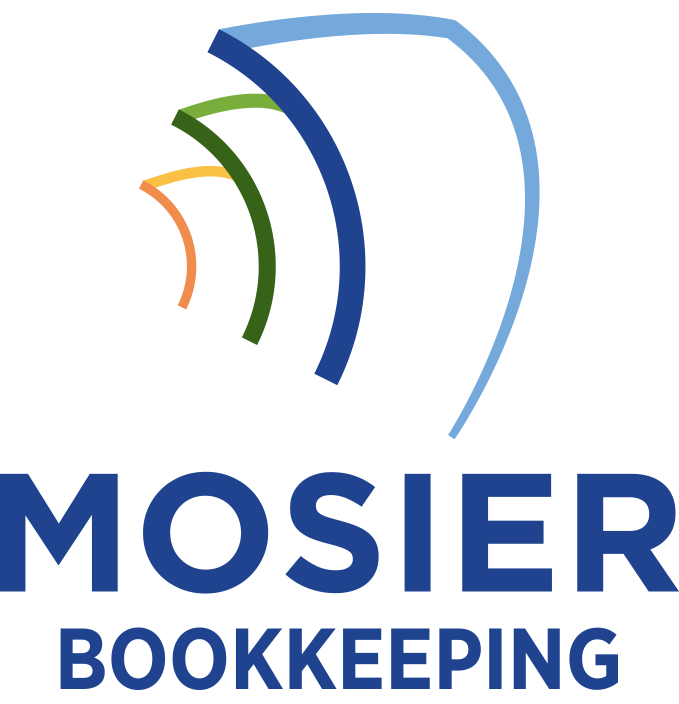Subscription-based bookkeeping requires tracking both earned and deferred revenue through a structured chart of accounts. I recommend setting up distinct revenue accounts for monthly, annual, and multi-year subscriptions, while using deferred revenue accounts to recognize income over time. You’ll need to monitor key metrics like customer lifetime value (CLV), monthly recurring revenue (MRR), and churn rates. Implementing automated systems for revenue recognition and subscription changes will guarantee GAAP compliance and precise financial reporting. The following sections provide essential details for mastering subscription-model accounting.
Understanding Revenue Recognition in Subscription Models

Nearly every subscription-based business must carefully track when revenue is earned versus when cash is received. I’ll show you how to master revenue recognition by implementing clear protocols that align with GAAP standards.
When your customer pays $1,200 for an annual subscription, you can’t record all revenue immediately. Instead, recognize $100 monthly as you deliver the service. I recommend creating a deferred revenue account to track unearned income and systematically moving it to earned revenue through monthly journal entries.
This disciplined approach guarantees accurate financial statements, superior cash flow management, and compliance with accounting regulations that govern subscription commerce.
Setting Up a Chart of Accounts for Recurring Revenue
A well-structured chart of accounts forms the foundation for tracking recurring revenue in subscription businesses. I recommend creating distinct revenue accounts to separate monthly, annual, and multi-year subscriptions. You’ll need accounts for deferred revenue to properly recognize income over time, plus separate accounts for tracking customer deposits and prepayments.
I structure the chart to include specific accounts for recurring revenue streams, subscription tiers, and add-on services. This granular approach lets me analyze revenue patterns, track customer lifetime value, and generate precise financial reports that reveal the true health of my subscription business.
Managing Deferred Revenue and Advanced Payments

Managing deferred revenue correctly requires systematic tracking of advance payments throughout their revenue recognition lifecycle. I’ll show you how to establish control over these payments by implementing a liability account to record unearned revenue when customers pay in advance. You’ll recognize this revenue incrementally as you deliver services over the subscription period.
I recommend creating separate journal entries to move funds from deferred revenue to earned revenue each month. This guarantees precise revenue recognition timing and maintains compliance with GAAP standards. Track each customer’s payment status and service delivery schedule in your accounting software to automate this process effectively.
Tracking Customer Metrics and Lifetime Value
Successful subscription businesses rely heavily on precise customer metric tracking to drive strategic decisions. I recommend monitoring key performance indicators including customer acquisition cost (CAC), monthly recurring revenue (MRR), and churn rate to evaluate business health.
To calculate customer lifetime value (CLV), I multiply the average revenue per user (ARPU) by gross margin percentage and customer lifespan. This metric reveals your most valuable customer segments and preferred acquisition spending.
I integrate these metrics with your accounting software to automate tracking and generate real-time dashboards. This empowers you to make data-driven decisions about pricing, retention strategies, and growth investments.
Handling Subscription Changes, Refunds, and Cancellations

I recommend establishing a systematic process to track every status change in your subscription accounts, from upgrades and downgrades to pauses and cancellations. You’ll need to record each refund as a separate transaction, ensuring proper documentation of the original payment, the refund amount, and any associated processing fees. These financial records are vital for accurate revenue recognition and help you maintain compliance with accounting standards while providing clear audit trails.
Tracking Subscription Status Changes
Three critical aspects of subscription bookkeeping involve tracking status changes, processing refunds, and managing cancellations accurately. I recommend implementing a robust system to monitor when subscribers upgrade, downgrade, or pause their subscriptions. These status changes directly impact your revenue recognition and cash flow projections.
I track status changes by creating separate ledger accounts for each subscription tier and recording transitions. This enables me to maintain precise financial records and generate detailed reports for stakeholders. I also use automation tools to flag status changes in real-time, ensuring my books reflect current subscription levels and helping me forecast revenue more accurately.
Processing Refund Payment Records
When processing refunds in subscription-based businesses, accurate record-keeping requires distinct entries for both the refund transaction and the corresponding revenue adjustment. I’ll show you how to track these systematically.
| Refund Type | Debit Entry | Credit Entry |
|---|---|---|
| Full Refund | Revenue | Cash/Bank |
| Partial | Revenue | Cash/Bank |
| Credit Only | Revenue | Credit Card |
To maintain control over your financials, I recommend creating separate contra-revenue accounts for different refund categories. This enables precise reporting and helps identify refund patterns. Always document the reason code, original transaction reference, and customer ID to guarantee thorough audit trails.
Essential Automation Tools for Subscription Bookkeeping
I recommend implementing automated billing integration as your first step toward streamlining subscription bookkeeping processes. Your accounting system should directly connect with payment processors to automatically record recurring revenue, track subscription status changes, and generate real-time financial reports. These automation tools eliminate manual data entry errors while providing you with accurate, consolidated views of your subscription metrics and payment reconciliation.
Automated Billing Integration
Modern subscription businesses can dramatically improve their financial accuracy and efficiency through automated billing integration. I recommend connecting your billing platform directly to your accounting software to eliminate manual data entry and reduce errors. You’ll achieve real-time synchronization of revenue recognition, payment processing, and customer account management.
I’ve found that robust billing integration enables automatic reconciliation of subscription payments, handles failed transactions, and updates customer records instantly. This automation lets you scale operations without proportionally increasing accounting staff. You’ll also gain immediate insights into cash flow, churn rates, and revenue metrics critical for strategic decision-making.
Streamline Recurring Payment Reports
Subscription businesses thrive on accurate, automated payment reporting to maintain financial clarity. I recommend implementing robust reporting tools that aggregate recurring payment data into actionable insights.
- Configure automated daily transaction summaries that segment successful charges, failed payments, and subscription upgrades
- Set up real-time dashboards tracking key metrics like MRR, churn rate, and customer lifetime value
- Deploy automated reconciliation tools that match payment processor data with accounting systems
- Establish automated report scheduling to key stakeholders with customized KPIs
These systems will give you granular visibility into your subscription revenue while minimizing manual data entry and human error in financial reporting.









